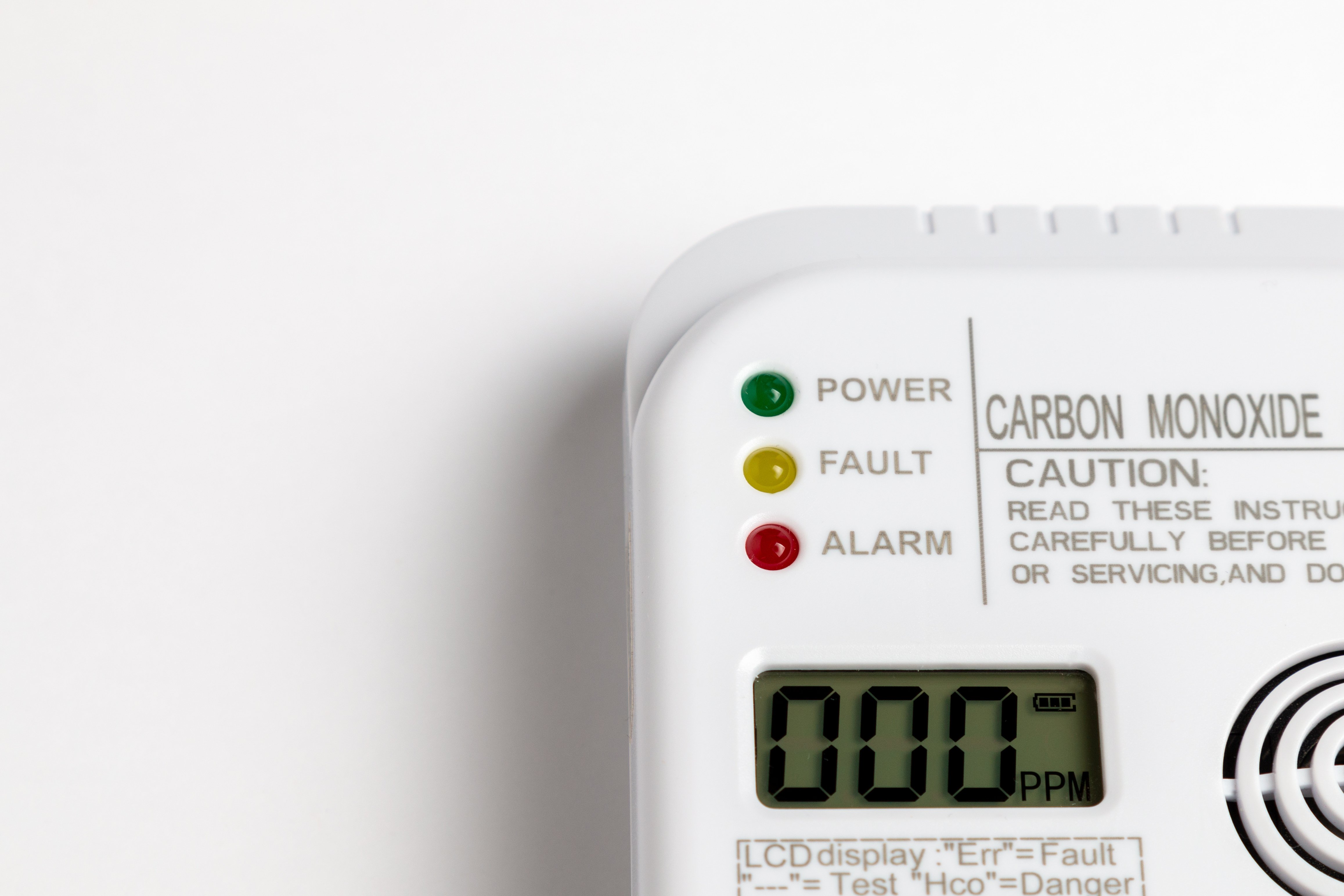Overview of the New Requirement
Illinois House Bill 1697 introduces a new annual fee tied to prescription drug benefits, and many employers will begin seeing this charge in 2026. Most Blue Cross Blue Shield of Illinois (BCBS of IL) health plans use BCBS of IL’s subsidiary, Prime Therapeutics, as its pharmacy benefit manager (PBM), and this update applies directly to those plans. Under the Prescription Drug Affordability Act, PBMs are required to pay the State of Illinois fifteen dollars per covered individual who is enrolled in pharmacy benefits and lives in Illinois. This includes both employees and dependents. BCBS of IL & Prime Therapeutics will pay the fee to the state fund, and BCBS of IL will pass the cost through to employer groups that fall under the law.











